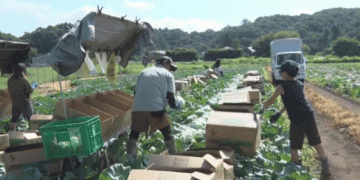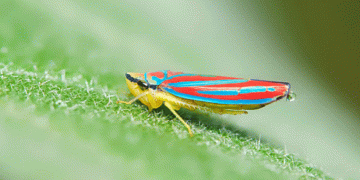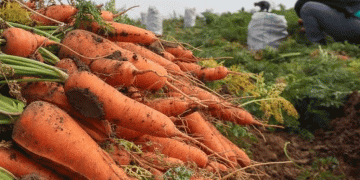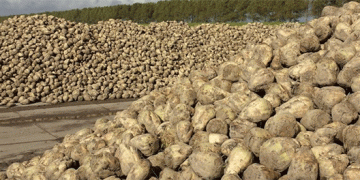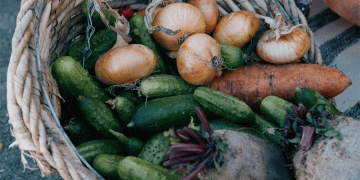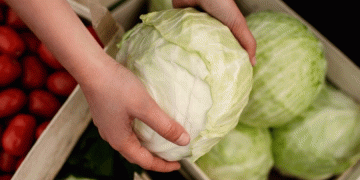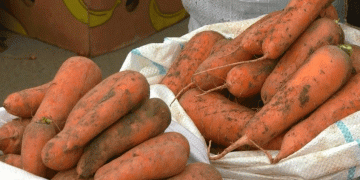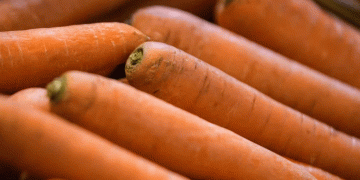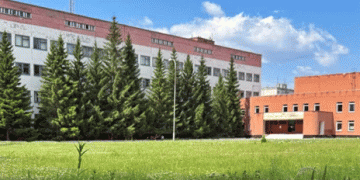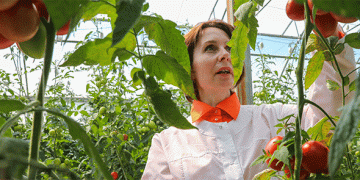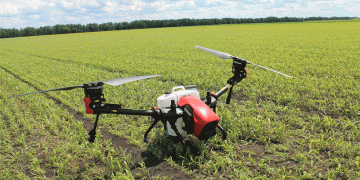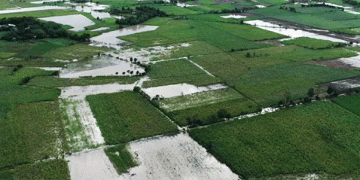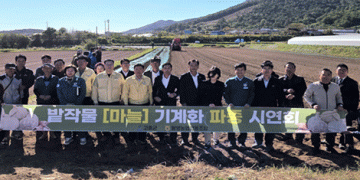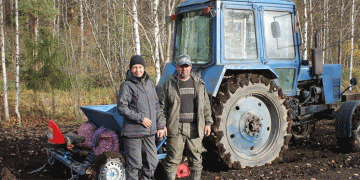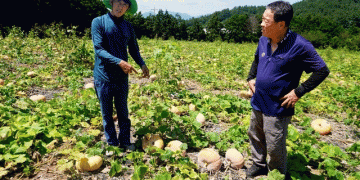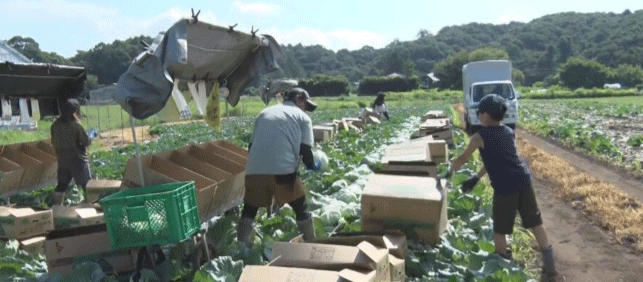In the high-altitude farms of Karuizawa, Nagano, cabbage harvests have hit peak season, with the standout “Shinshu 868” variety taking center stage. Known for its exceptional juiciness and sweetness, this cabbage thrives under the region’s cool summer temperatures, which rarely exceed 25°C (77°F)—a stark contrast to the heat stress plaguing lowland farms.
Why “Shinshu 868” Excels in Nagano’s Climate
- Temperature Advantage: Karuizawa’s average July temperature of 19°C (66°F) slows cabbage maturation, enhancing sugar accumulation and texture.
- Challenges: Grower Arai Yoshimitsu notes the variety’s susceptibility to disease, pests, and heavy rain, requiring meticulous management.
- Seasonal Window: Harvests began in early July and will continue through late October, supplying markets during a period when heat-wilted greens dominate elsewhere.
The Science Behind Cool-Climate Sweetness
Research shows that crops grown in cooler regions often develop higher soluble sugar content due to reduced respiration rates at lower temperatures (Journal of Agricultural Science, 2023). Nagano’s diurnal temperature swings further boost flavor complexity by balancing acidity and sweetness.
Broader Implications for Temperate-Zone Agriculture
Nagano’s success with “Shinshu 868” highlights opportunities for farmers in similar climates:
- Niche Markets: Premium pricing for climate-specific traits (e.g., sweetness) can offset lower yields.
- Risk Mitigation: Polyculture and row covers help counter pest pressures exacerbated by cool, damp conditions.
- Climate Resilience: As global temperatures rise, alpine regions may become increasingly vital for heat-sensitive crops.
Karuizawa’s “Shinshu 868” cabbage exemplifies how targeted agroclimatic conditions can elevate crop quality and market value. For farmers worldwide, adapting cultivation strategies to local microclimates—and even leveraging cooler altitudes—could prove critical in a warming world.
